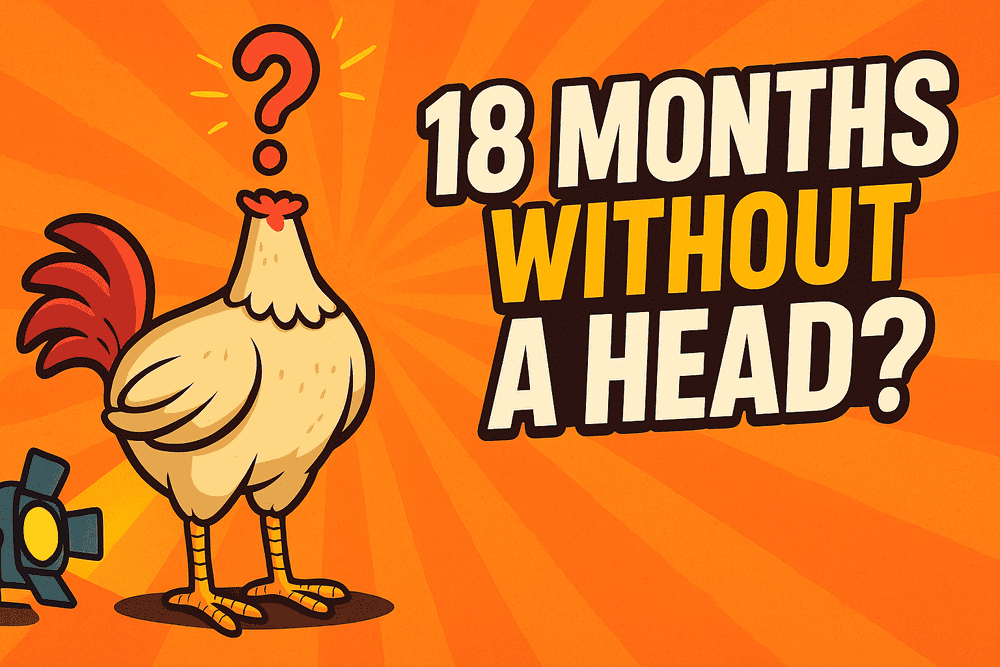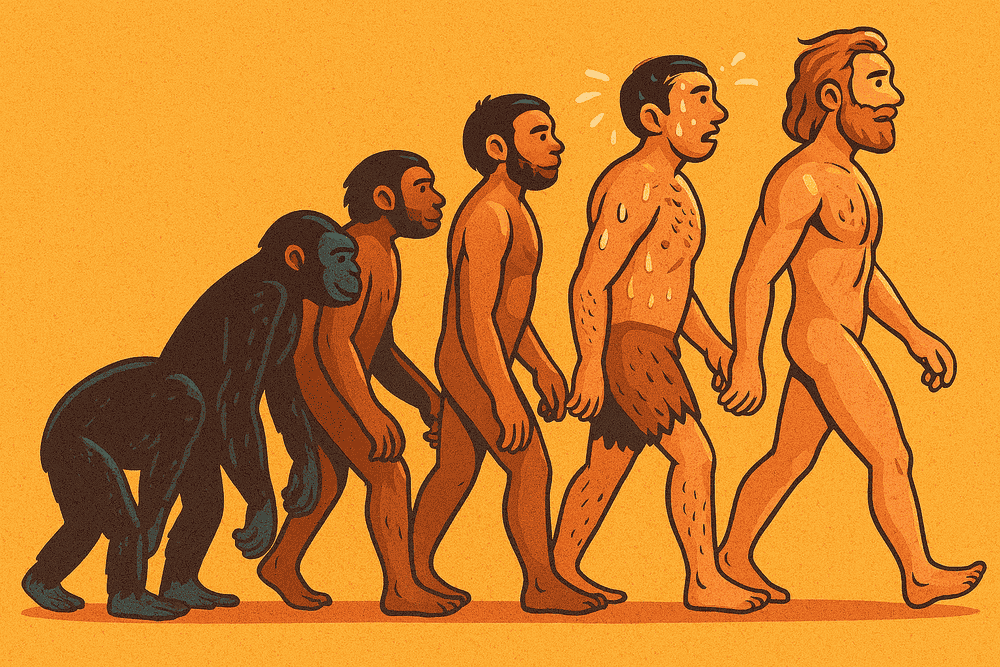It sounds like urban legend—or perhaps the setup for a bizarre joke—but it’s real. In 1945, a chicken named Mike survived being decapitated and went on to live for 18 months without a head. Decades later, his story still baffles scientists and skeptics alike.
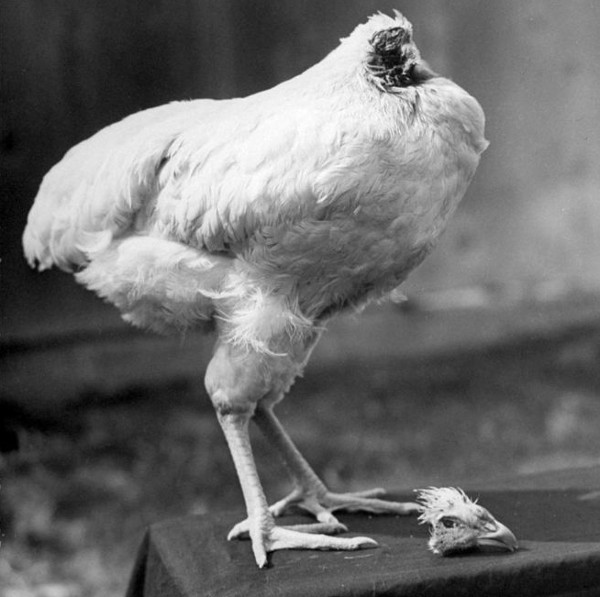
The Day a Chicken Refused to Die
On September 10, 1945, farmer Lloyd Olsen and his wife Clara were butchering chickens on their farm in Fruita, Colorado, preparing them for market. Lloyd did the beheading, while Clara handled the cleaning and plucking. They processed about 40 to 50 chickens that day.
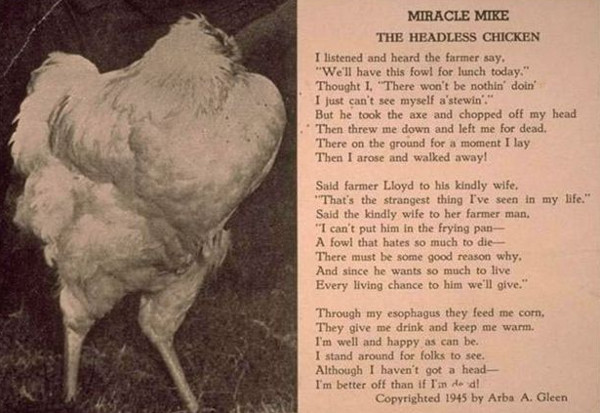
But one chicken didn’t follow the script. After its head was cut off, it didn’t collapse like the others. Instead, it got up and started walking around.
The next morning, Lloyd found the same chicken still alive, trying to peck and strut as if nothing had happened. Word of the “headless chicken” spread quickly throughout the town.
A Carnival Attraction
News reporters began to cover the strange event. Just two weeks later, a sideshow promoter from Utah offered to take the bird on tour. The Olsens agreed. Mike the Headless Chicken went on to become a sideshow sensation, traveling across California, Arizona, and the southeastern United States, performing for curious crowds.
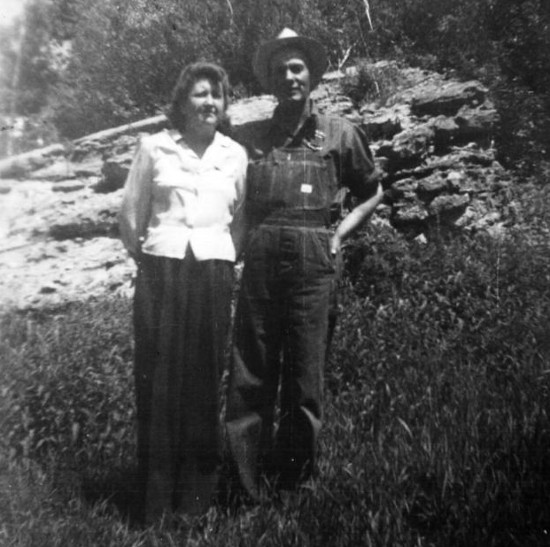
Clara Olsen documented the entire journey with photographs and notes, which were preserved by family members.
At the height of his fame, Mike earned around $4,500 per month from appearances—equivalent to over $60,000 in today’s money. He was valued at $10,000 and became a symbol of rural oddity and resilience.
Unfortunately, Mike’s story ended not with a butcher’s knife but with a choking accident. On March 17, 1947, 18 months after his beheading, Mike reportedly choked on a piece of corn and died.
How Did Mike Survive Without a Head?
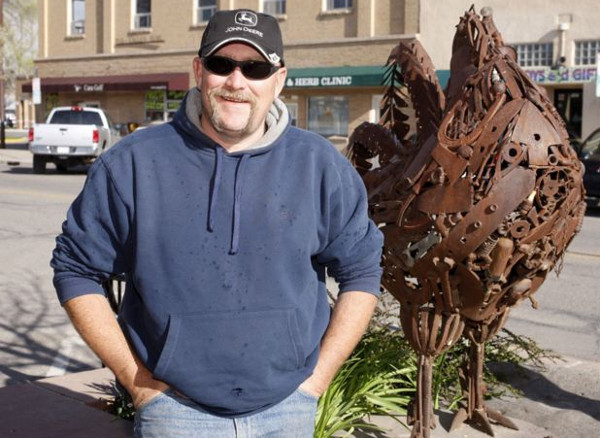
According to Dr. Tom Smulders, a chicken behavior expert at Newcastle University, the fact that Mike didn’t bleed to death is more surprising than his ability to move. He explains that a chicken’s brain is largely located toward the back of the head, meaning a well-placed chop might leave much of the brainstem intact.
In Mike’s case, reports suggest that 80% of his brain, including the brainstem, was untouched. This part of the brain controls vital functions like heartbeat, respiration, and digestion.
Mike’s owner fed him with an eyedropper through his open neck and cleaned mucus from his throat to keep his airway clear. Somehow, this rudimentary care kept the chicken alive for a year and a half.
A Medical Mystery or a Perfect Accident?
Many have tried to replicate what happened to Mike, but none succeeded. Scientists believe the miracle was a one-in-a-million combination of anatomy, timing, and clotting. The axe stroke was in exactly the right spot, and a blood clot may have quickly formed, preventing Mike from bleeding out.
Locals at the time accused the Olsens of “getting rich” off Mike, but according to their great-grandson Troy Waters, the truth was more modest. “They earned enough to buy a couple of tractors and a new 1946 Chevrolet pickup,” he said.
A Legacy That Lives On
Mike may be gone, but he’s far from forgotten. The town of Fruita, Colorado, honors him with a bronze statue, and every year, they host the Mike the Headless Chicken Festival, complete with chicken-themed games and events.
Lloyd Olsen, when asked years later if he had any regrets, reportedly said, “It gave me a chance to travel, see the country, and upgrade the farm.” He lived the rest of his life as a hardworking farmer, but for a time, he and Mike were America’s strangest—and most beloved—duo.

